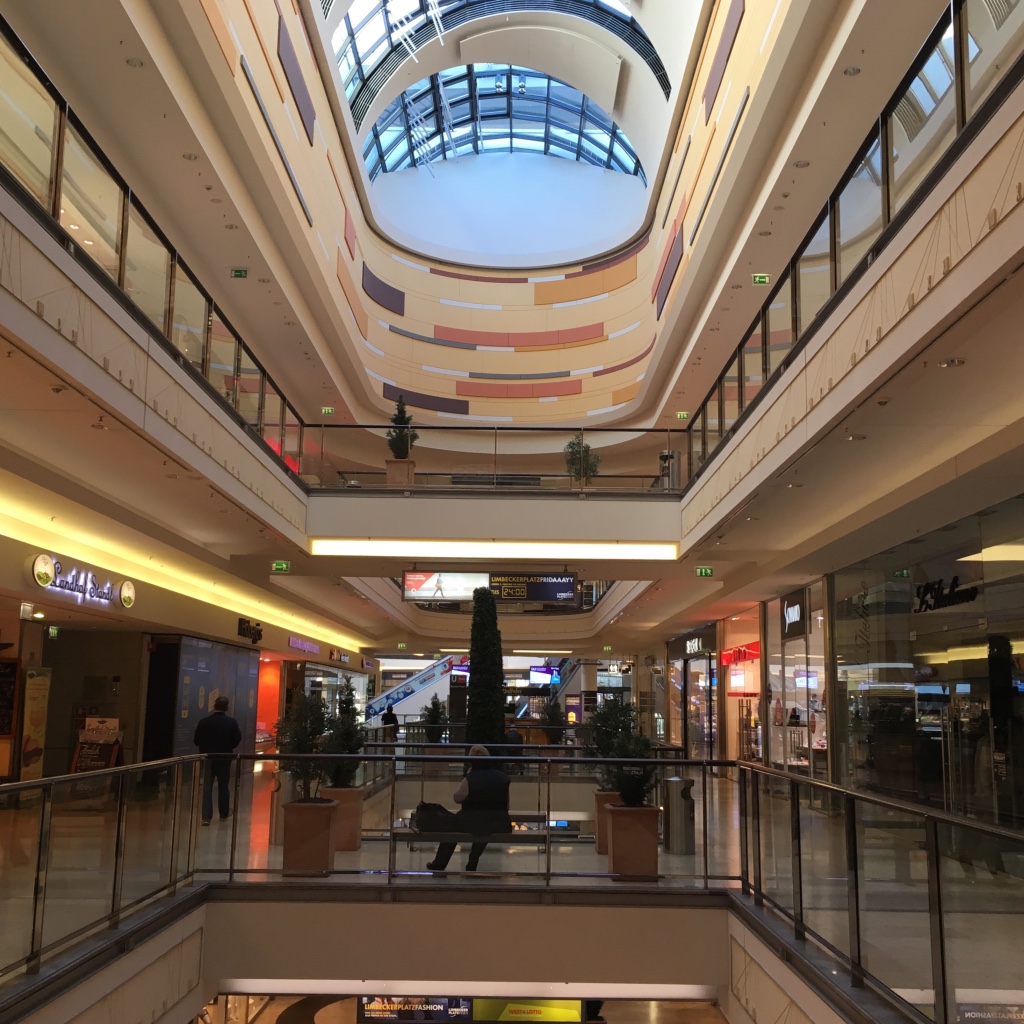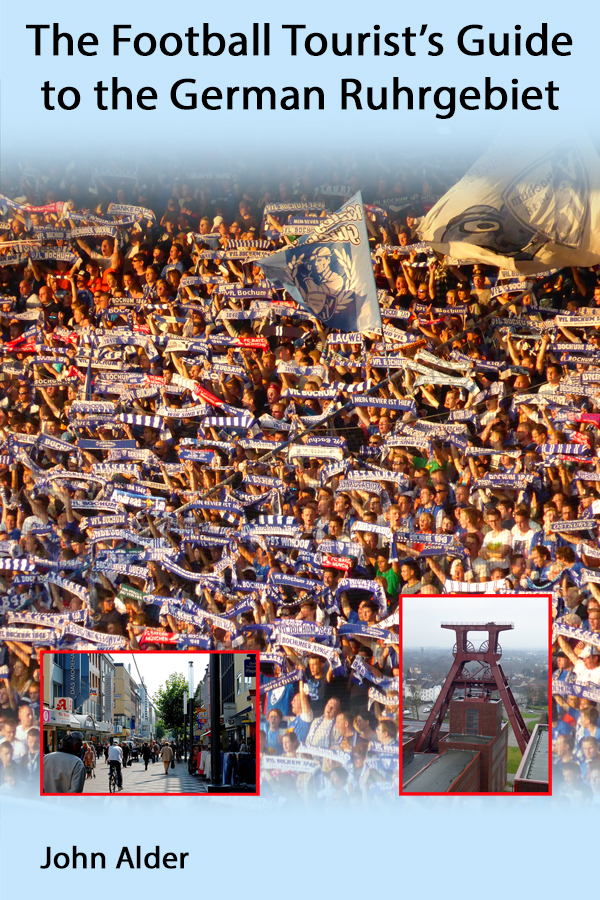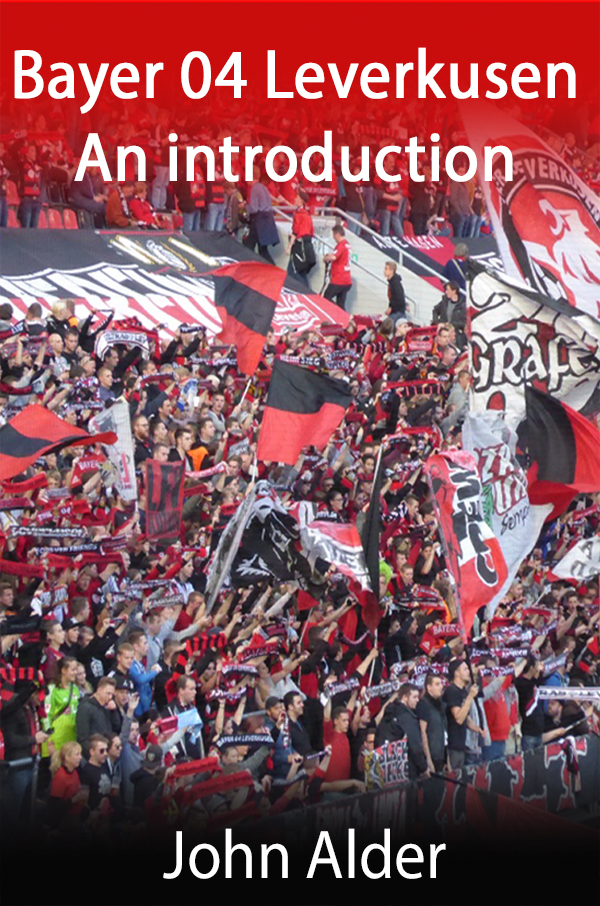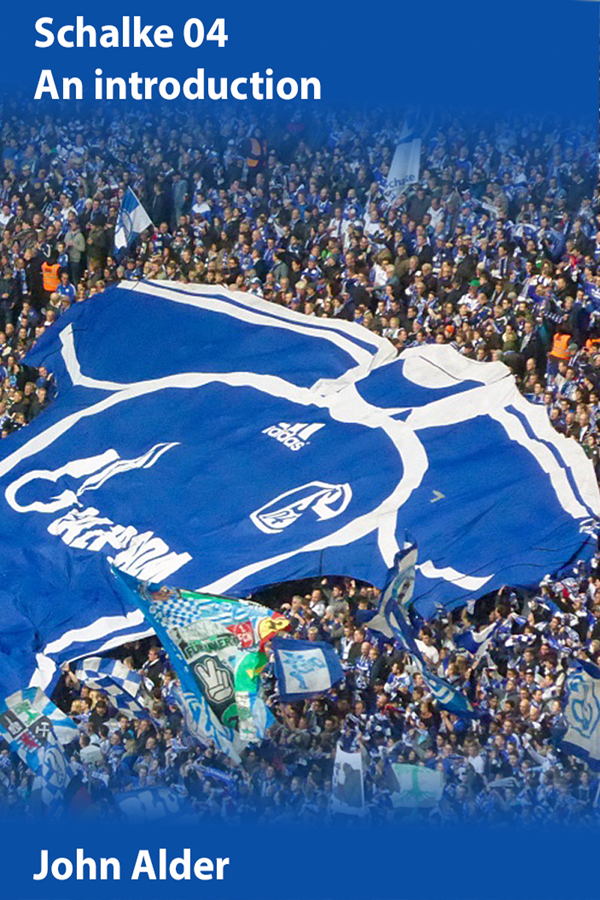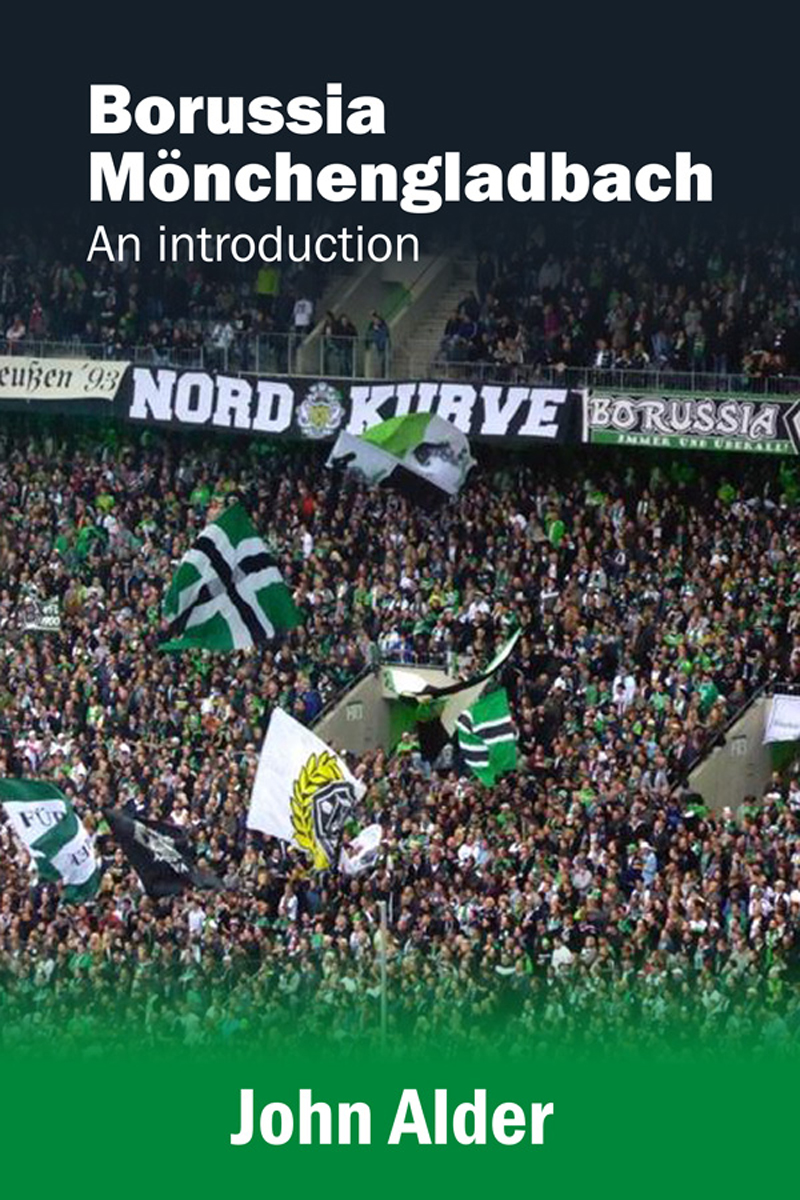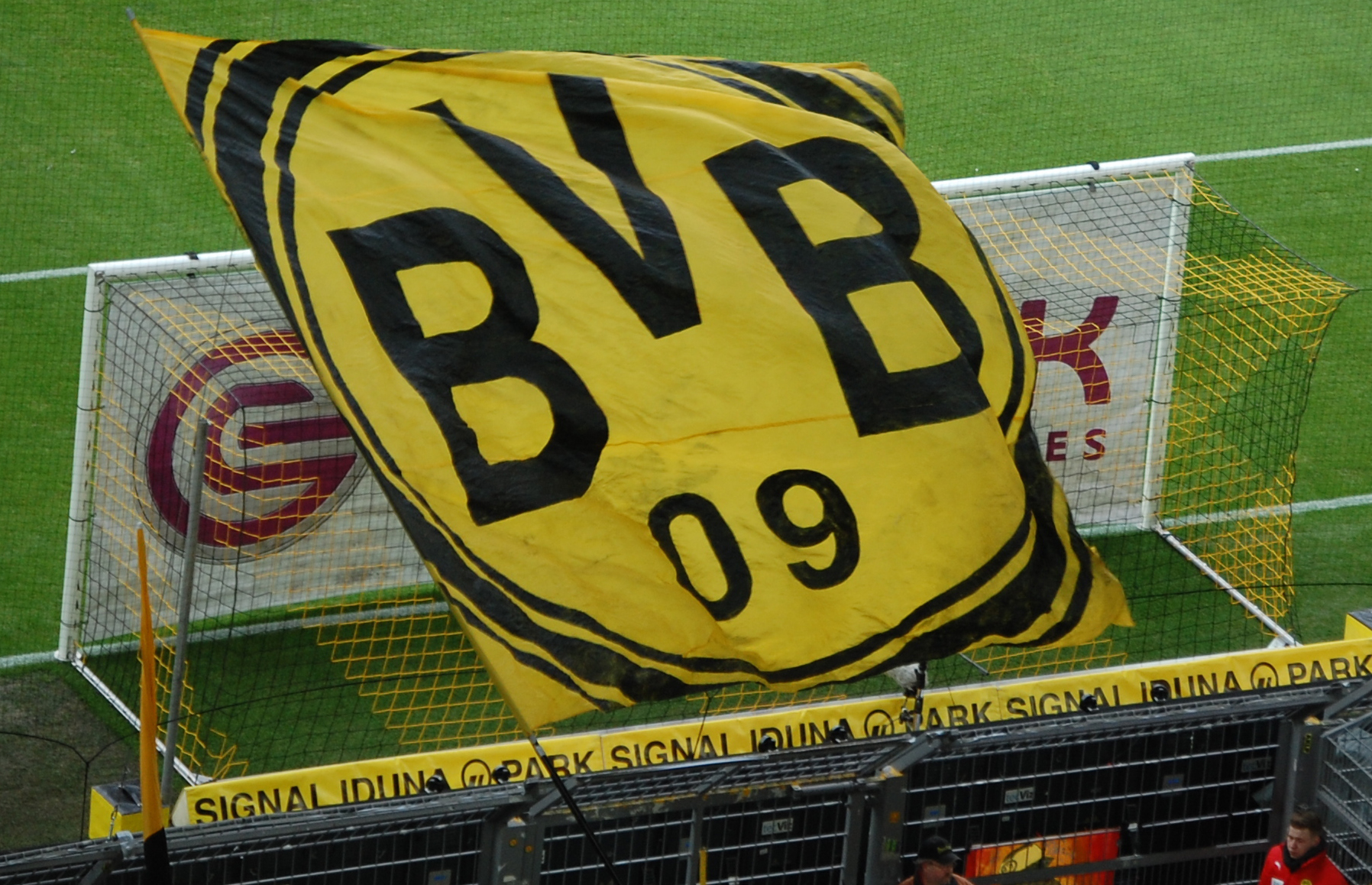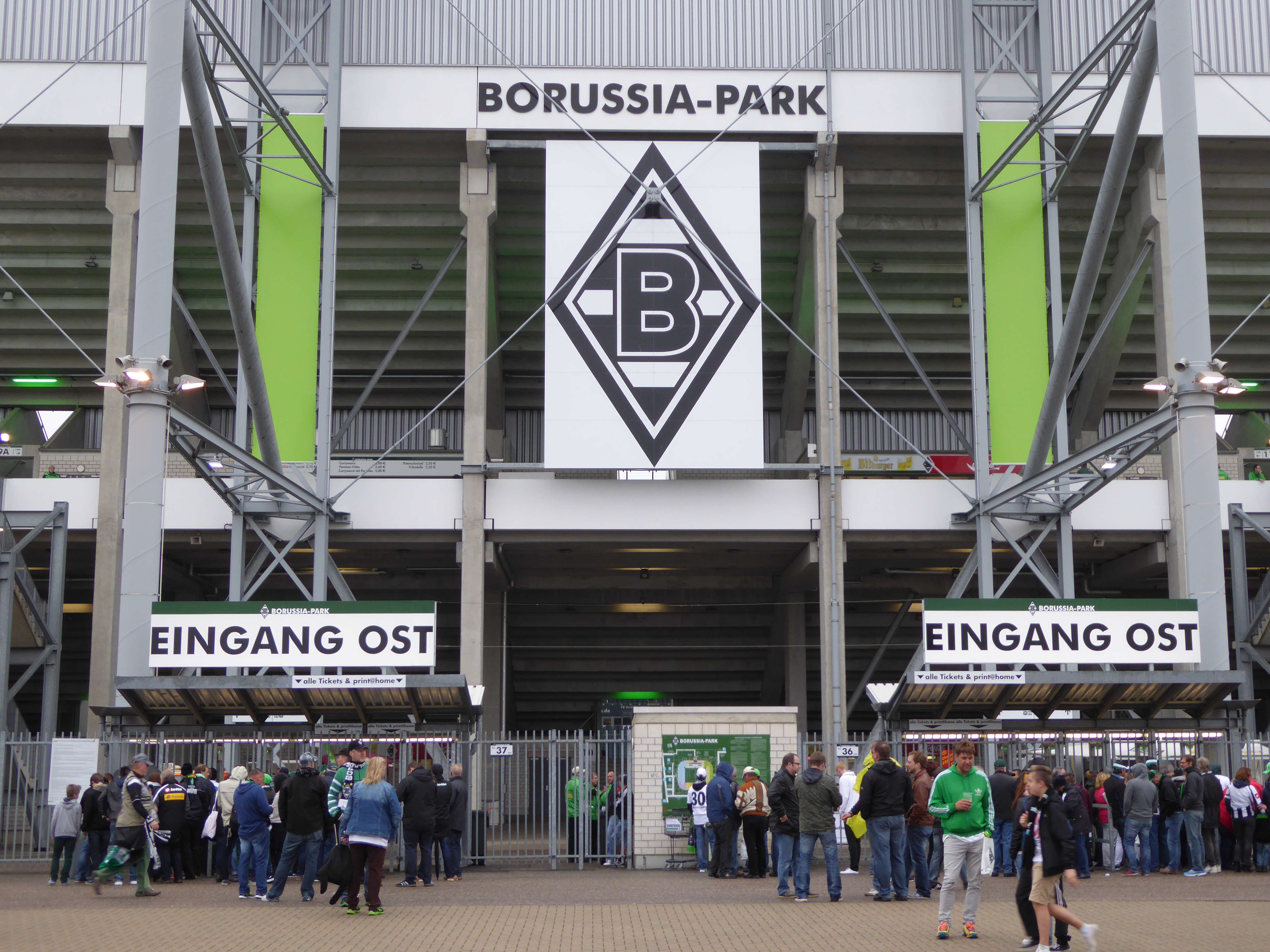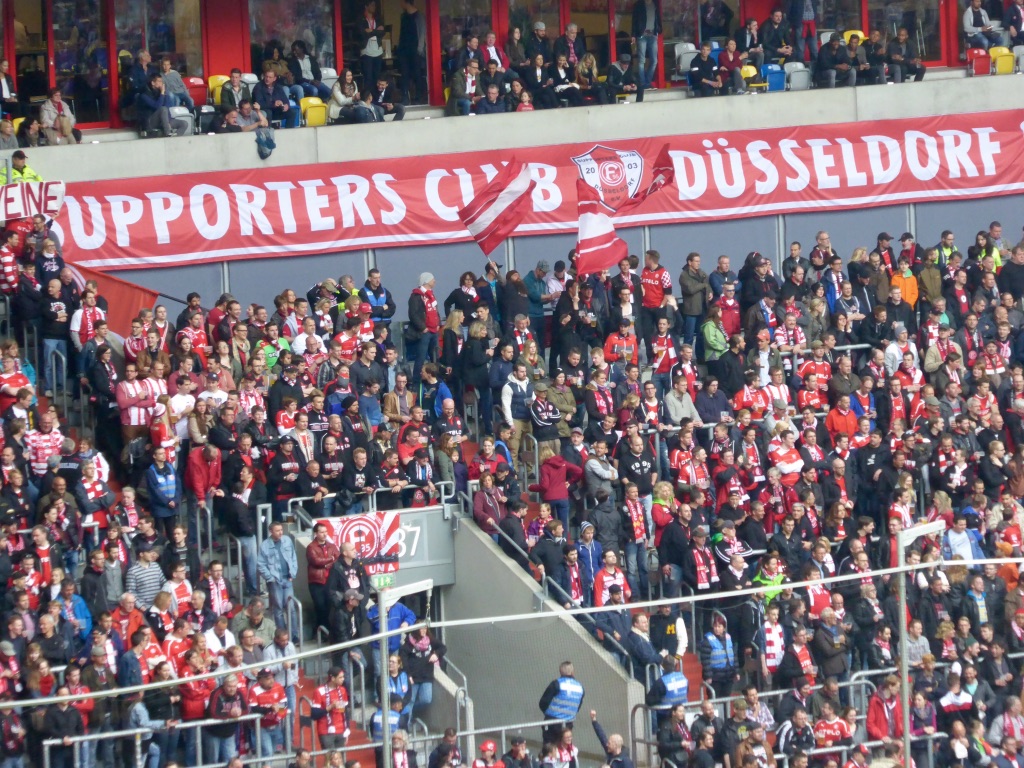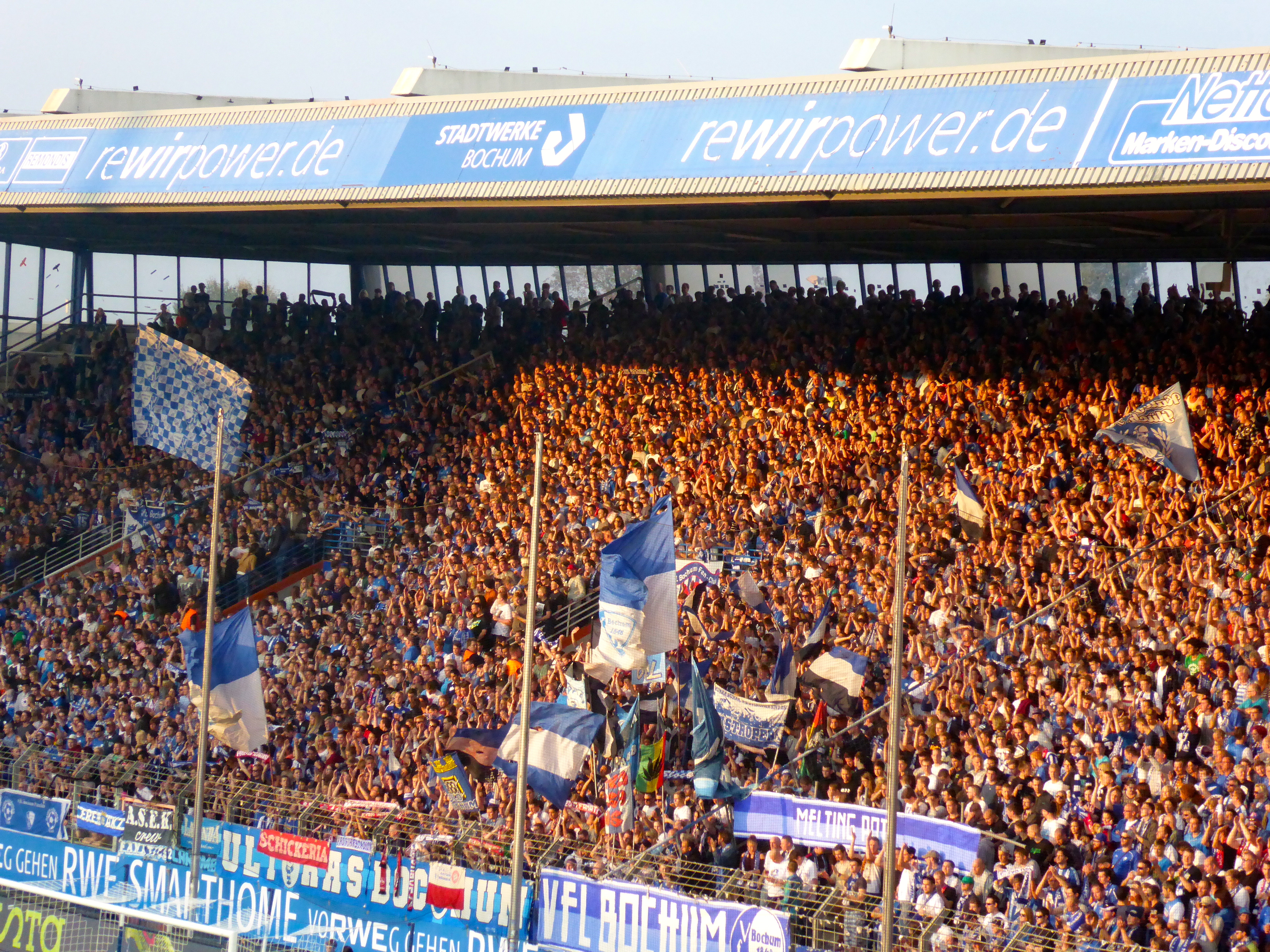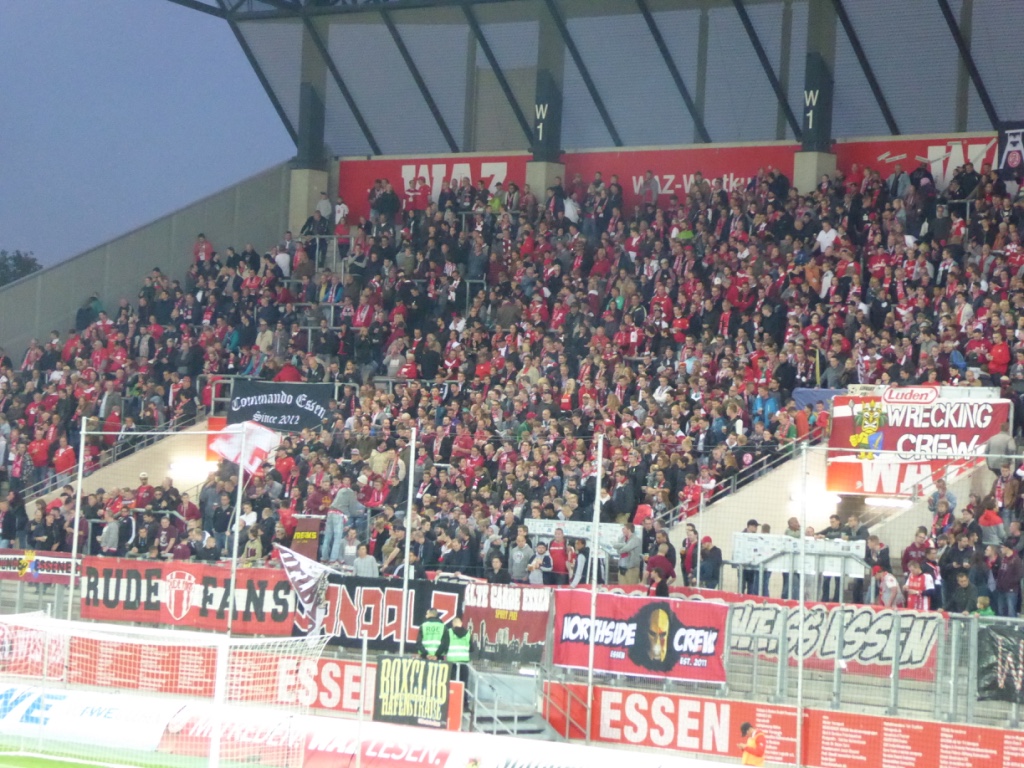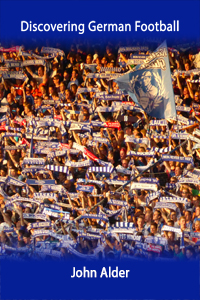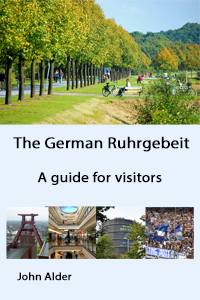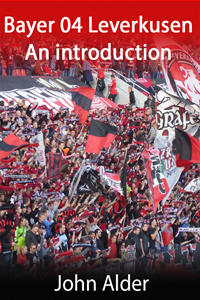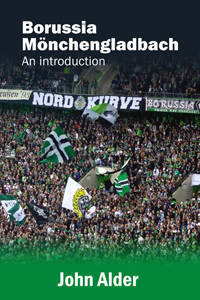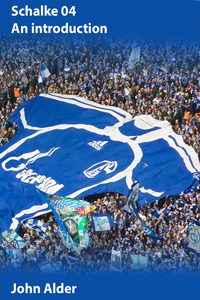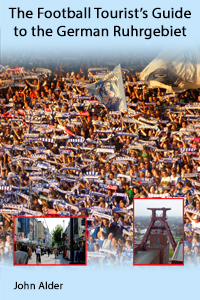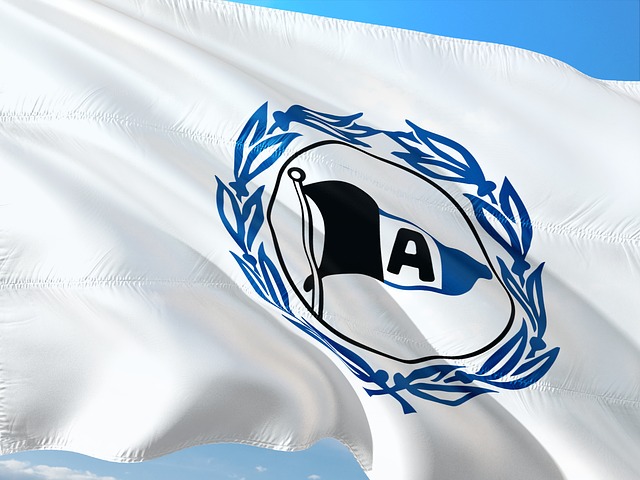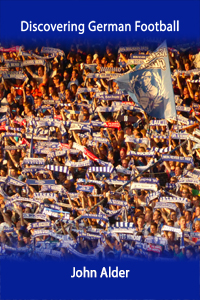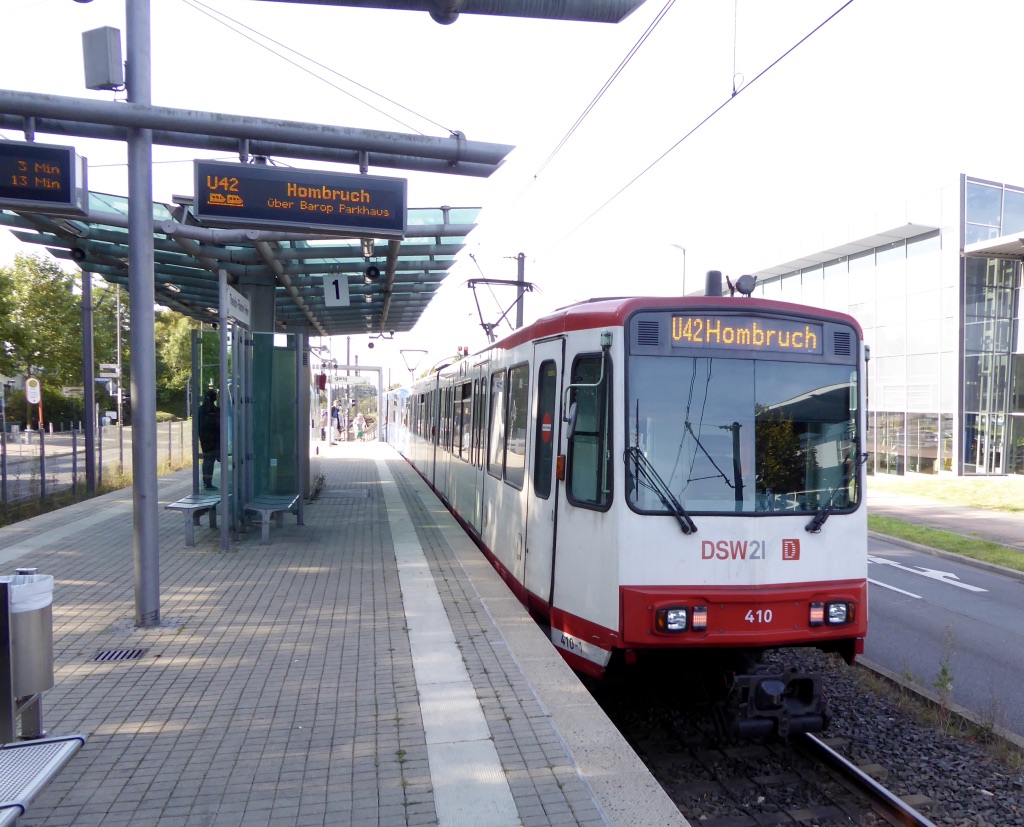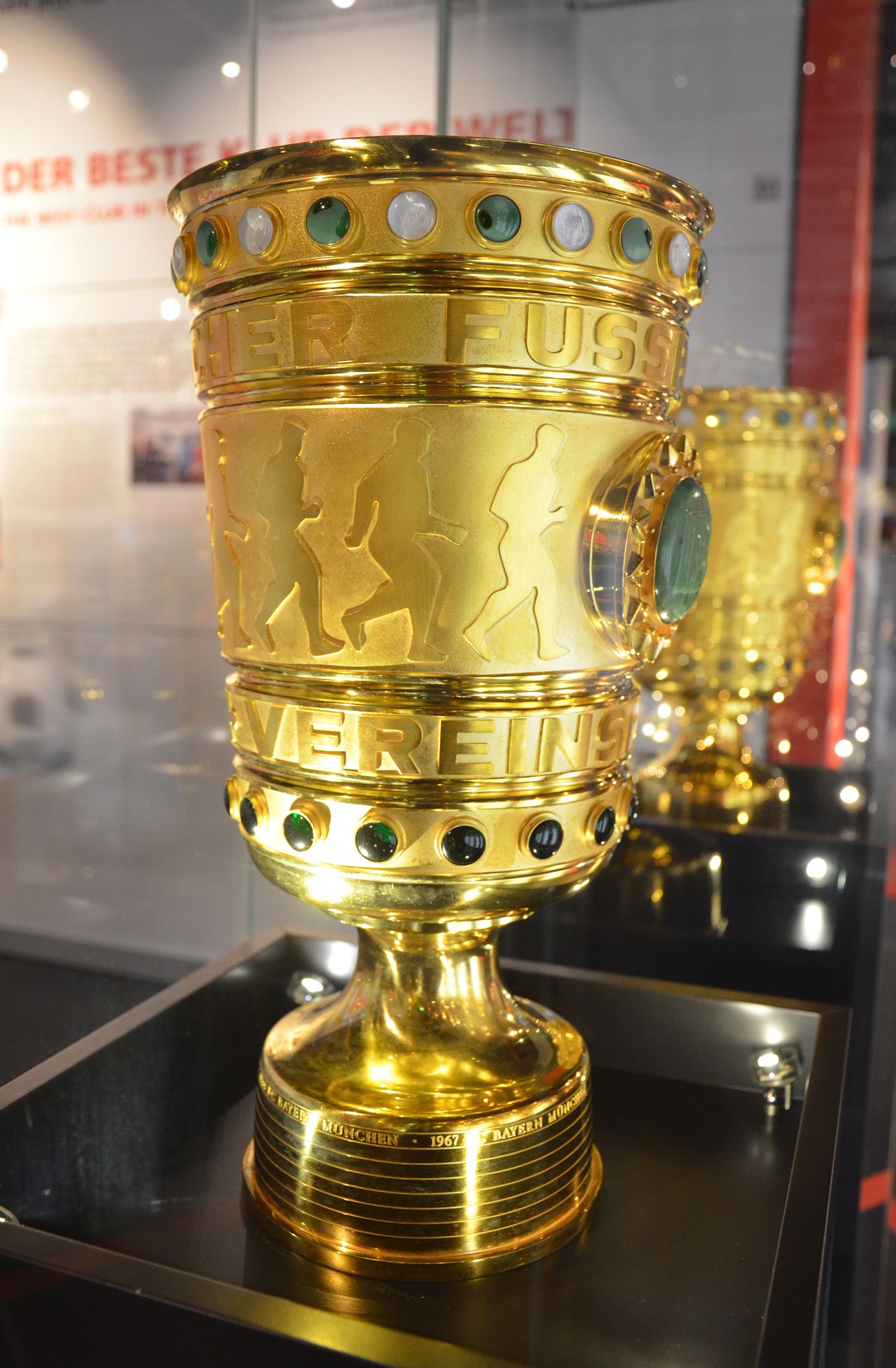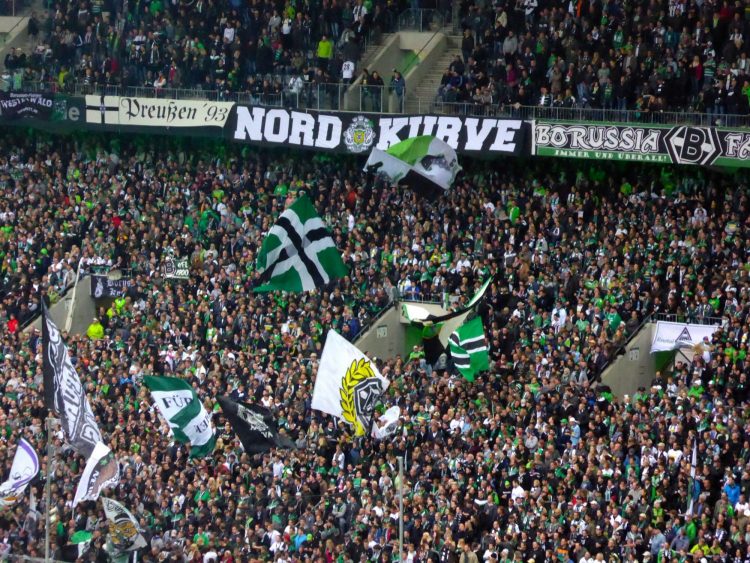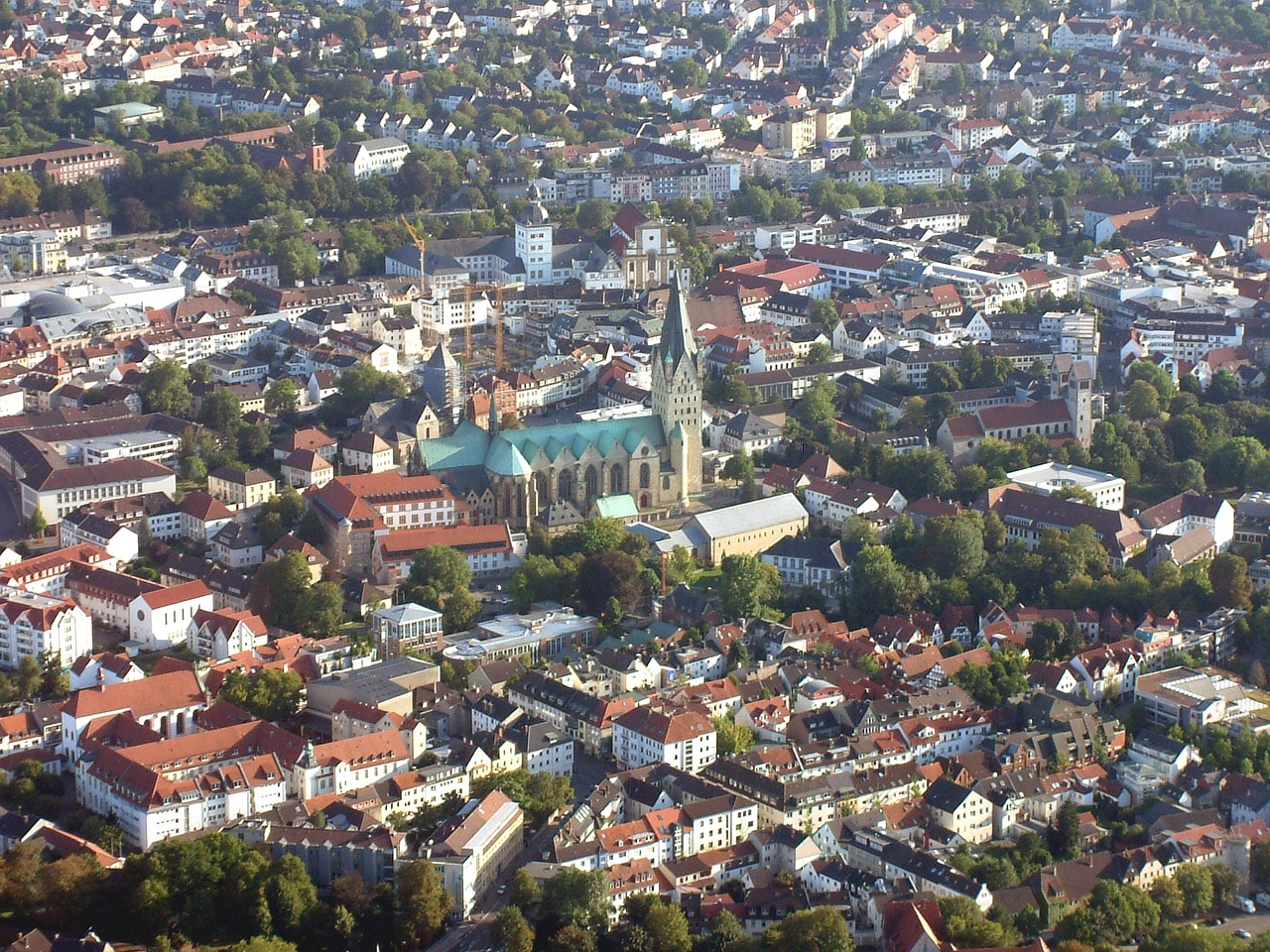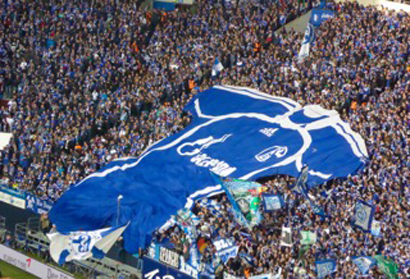The German Ruhrgebiet – perfect destination for the football traveller
Try the Ruhrgebiet for the best of Germany and its football
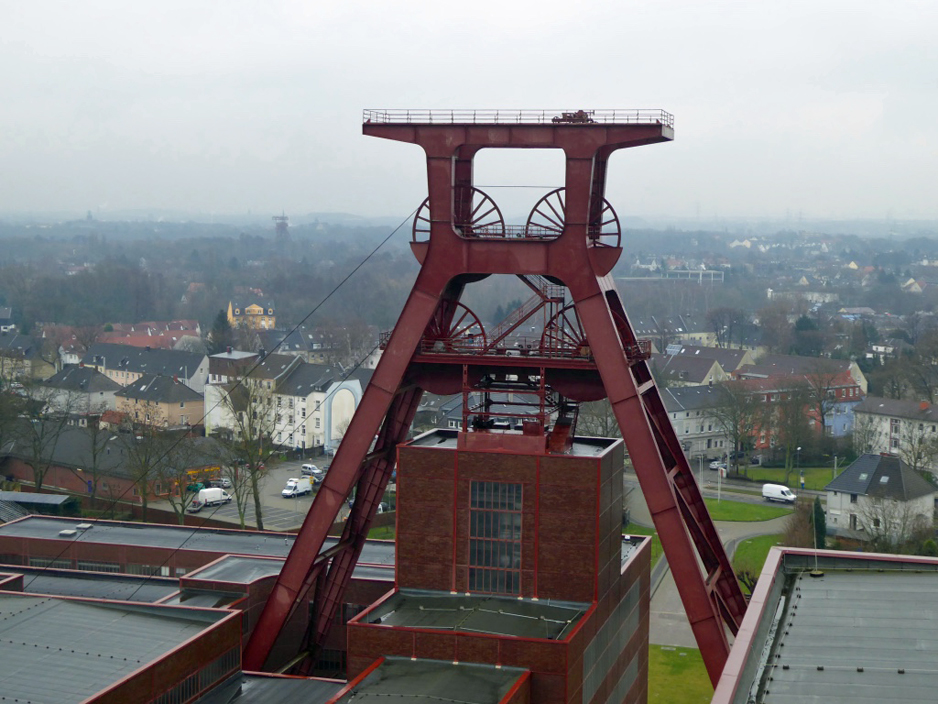
- Are you a football fan who wants to see top quality football played with skill, passion and commitment in front of capacity crowds in some of the best stadiums in the world?
- Do you want to join fans who are proud of their roots and traditions and who care deeply about their football?
- Are you an independent-minded traveller who wants more than the sanitised and sentimentalised experience provided by mass tourism?
- Do you want to learn about the history, culture and people of one of the most dynamic and vibrant regions of Europe?
If your answer to any of these questions is “Yes’,” then the Ruhrgebiet is the perfect destination for you.
Where and what is the Ruhrgebiet?
Follow a direct line east from London through Holland and into Germany. About 60 miles from the border you will come to a cluster of towns and cities. You will see names like Duisburg, Essen, Dortmund and Gelsenkirchen. You will notice two great rivers – the Rhine and the Ruhr – and a dense network of roads, motorways, railway lines and canals. This is the Ruhrgebiet. Locals simply call it “Das Revier” – ‘the district’- and it has played a vital role in Germany’s history for over two hundred years.
Industrial powerhouse
The mines of the Ruhrgebiet provided the coal that powered Germany’s industrial revolution. Its foundries produced the steel that was used to build the factories and machines. Its rivers and canals carried Germany’s products far and wide.
The epicentre of football
For most of the last century, the Ruhrgebiet was also the epicentre of German football. Just like in the North East of England, or the central belt of Scotland, they said that all you had to do was whistle down a pit to call up yet another outstanding footballer. Clubs from the Ruhrgebiet and its close neighbours totally dominated the game. Their players were the nucleus of the national teams of the day.
Late start and rapid expansion
The area was a quiet rural backwater up until the second half of the 19th century. Then, new procedures were discovered which enabled the hard native coal of the Ruhrgebiet – available in abundance – to be used profitably by industry. Before long coal from the Ruhr was being sent all over Germany and was powering almost the entire German steel industry.
The region did not just grow – it exploded. Mines and factories appeared everywhere.
This massive growth of industrialisation created a voracious demand for workers and resulted in a massive upsurge of immigration. For example, in 1850 the population of Essen was around 9,000. By 1910 this had grown to 295,000. In the brief period between 1895 and 1913, the population of the Ruhrgebiet more than doubled from 1,500,000 to 3,300,000. New settlements were created and the small towns and villages in the area expanded rapidly to house these new arrivals.
These people came in their thousands from all over Europe – particularly East Prussia, Silesia and Poland. They had esoteric, Slavic sounding names. They brought with them the cultures traditions and languages of home. As migrants do the world over, they gathered together in housing estates and villages. They set up social clubs to provide company and to keep the traditions of the homeland alive.
Football as mass sport
Just as the Ruhrgebiet was expanding, a new mass sport – football – was arriving from England. It immediately established itself amongst the young men from the pits and steelworks and soon every city, suburb and street had its own football club.
In many other parts of Germany football was a largely middle class activity and it took a long time before these upstart clubs from the rougher parts of the country gained acceptance (as late as 1925 Schalke were not even mentioned in a history of Gelsenkirchen), but as local teams began to collect trophy after trophy, Ruhrgebiet football could not be ignored.
There are many reasons why football did so well in this part of Germany :
- There was a ready supply of strong fit young men looking for a route out of poverty and the health-destroying work in the pits and steel mills.
- Life was very tough for many people. They had physically demanding jobs, little money and lived in very poor housing. Football provided a welcome relief from the worry and toil of everyday life.
- Immigrants far from home gathered around teams and clubs for company and a sense of solidarity.
- Because so many of the players came from and still lived in their local communities, fans felt a strong sense of loyalty to their clubs.
- The densely populated towns produced an abundance of potential fans, providing local clubs with regular and secure incomes.
- Clubs were very close together, making it easy to get to games. At least once a month – and sometimes more often – there would be the chance to go to a hotly contested local derby where next week’s workplace bragging rights would be contested.
Still a great destination for the football fan
Today the pits and foundries are mostly gone. The slag heaps from the pits have been converted into cycle trails and ski slopes. The factories and engineering works have been replaced with shopping and entertainment complexes, or become heritage sites. The cities have bright modern centres.
But the Ruhrgebiet remains the perfect destination for anyone who wants to experience German football culture at its very best.
Some of the famous clubs have disappeared, but the two biggest names – Borussia Dortmund and Schalke 04 – are still amongst the most successful, richest and best-supported teams in Europe.
Second division teams like MSV Duisburg and VfL Bochum still have large, loyal fan bases. They play in modern, fan-friendly stadiums and can offer an exciting experience. And a trip to the amateur leagues would give you the chance to see yet more famous teams from the past such as Rot Weiß Essen, Rot Weiß Oberhausen, and SG Wattenscheid. Although recent years have been hard for these clubs, they are still supported by large crowds of passionate fans.
The perfect place to get to know Germany and its football
I am certain that you will not just enjoy the football in the Ruhrgebiet. With countless modern shopping centres, 200 museums, 120 theatres and 100 concert halls, 700 km of cycle paths, lakes, parks and rivers there is something for everyone to enjoy. You will love the food and drink, the bars and cafes, the vibrancy of its cities, the peace of the countryside, the variety of culture – and most of all, the people.
Things to do before and after the football
1. Spend a day at the German Football Museum in Dortmund.
This brand new museum is right outside the main station and has to be the top sight for any football fan. Using the most up-to-date technology it tells you the story of football in Germany, from its beginnings towards the end of the 19th century right up to the present. The 15 euro entrance fee is worth every cent. The museum is open every day.
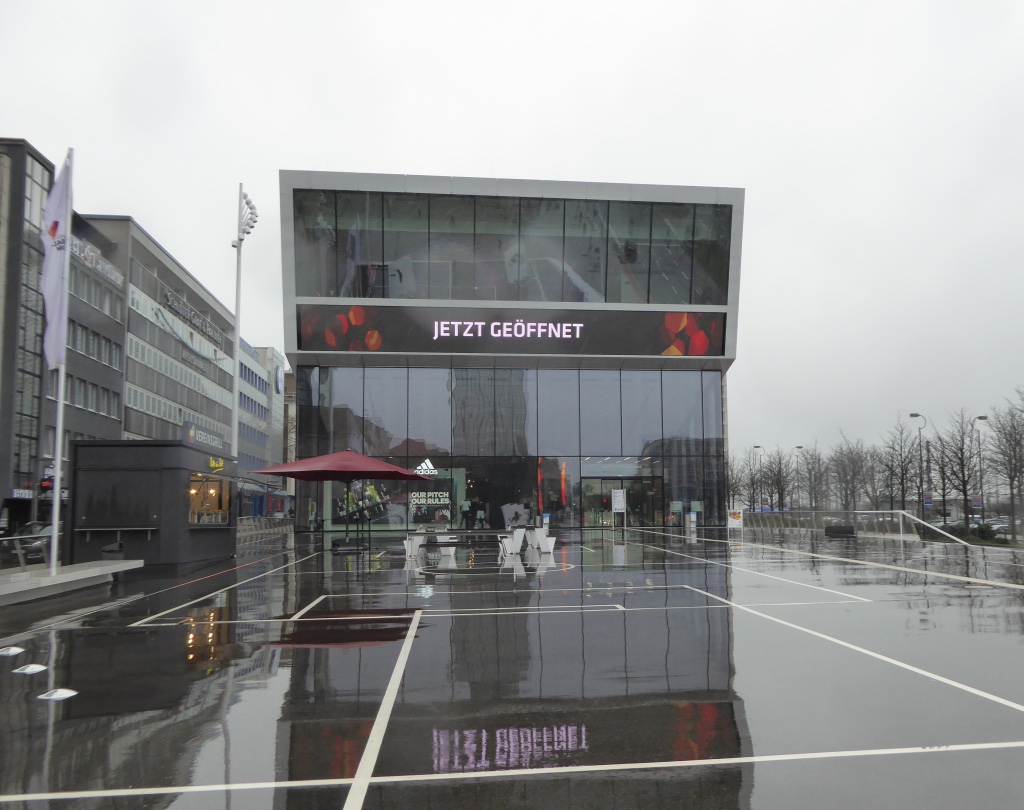
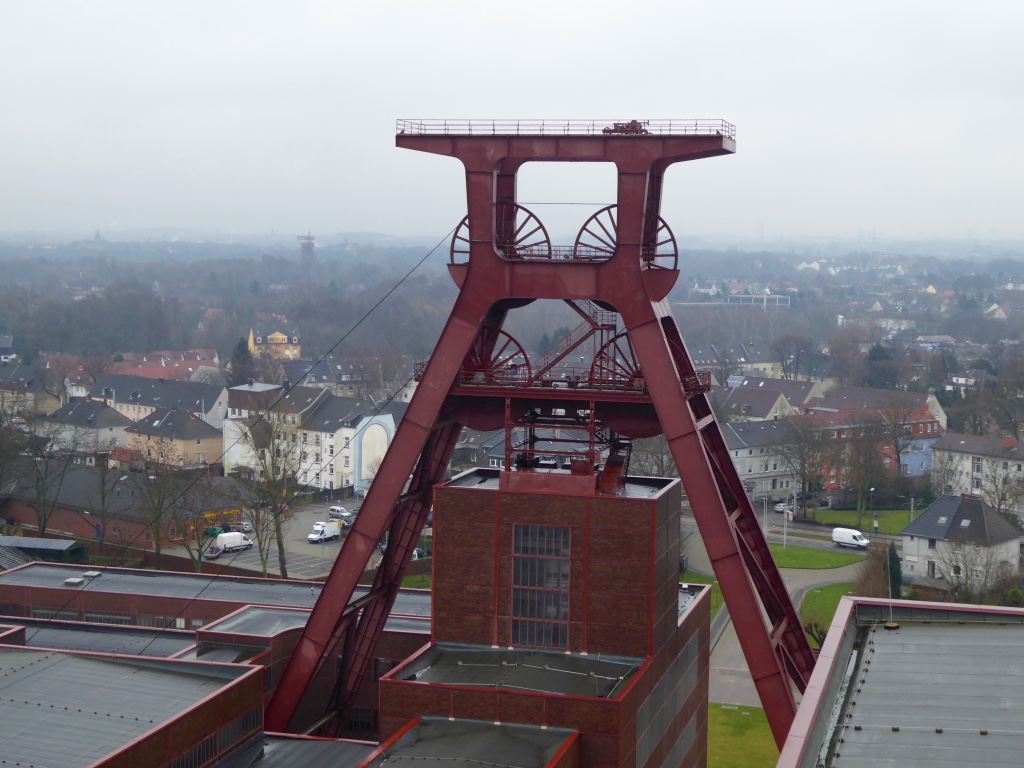
2. Visit the Zollverein in Essen.
This former mine and coke plant is now a World Heritage Site. You can wander amongst the huge industrial structures, survey the Ruhrgebiet landscape from a viewing platform, learn about the history and development of the region at the Ruhr Museum
This was once the biggest inland harbour in the world and the central trading point for Duisburg. As a result of industrial and economic change it fell into disuse in the mid-sixties and for a time was derelict and abandoned. Imaginative renovation based on designs by British architect Norman Foster has transformed the area into one of the city’s key attractions. There is a marina, an art museum, a synagogue and a Jewish community centre, and a large collection of restaurants and bars. The huge contribution made by the Innenhafen to the region’s industrial past is not forgotten. It is a key destination of the Ruhrgebiet’s Industrial Heritage Route, which takes visitors by car or bicycle on a tour of former industrial sites. There are information boards at every turn which explain different aspects of the harbour.
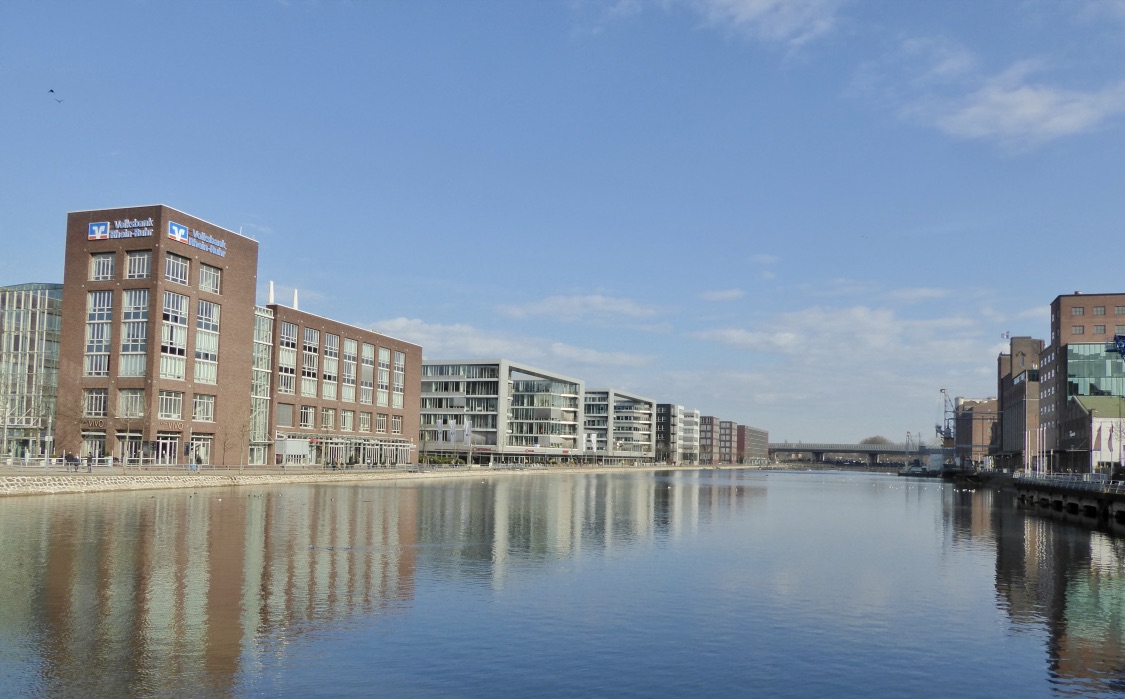
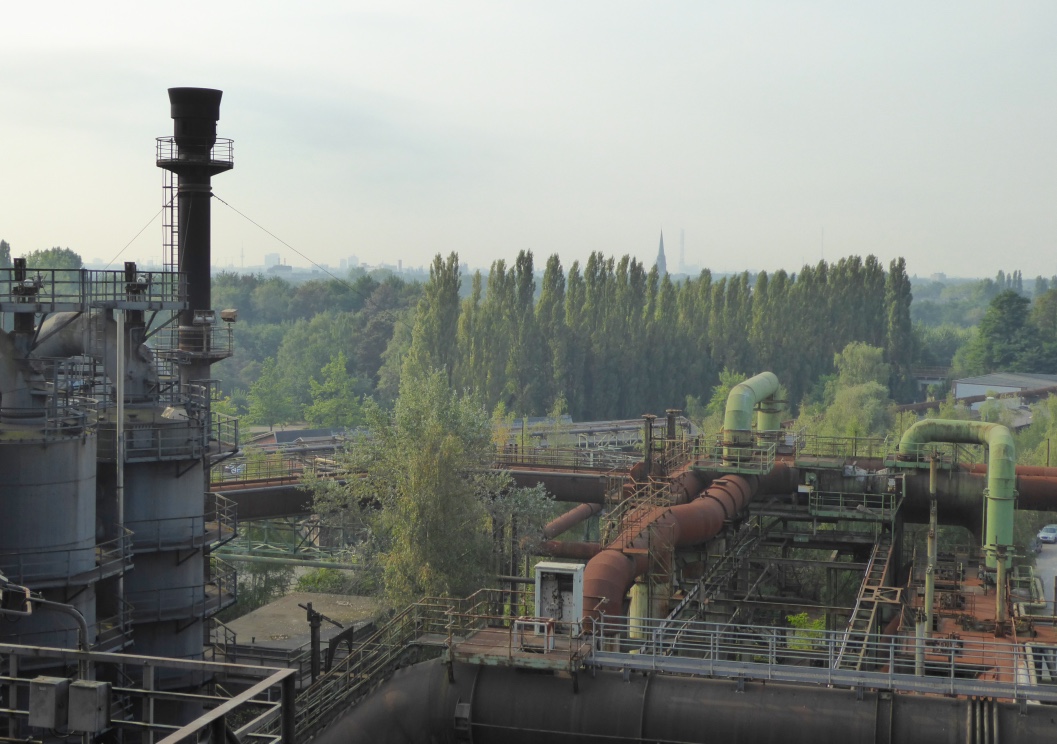
5. Spend an afternoon and evening at the Landschaftpark in Duisburg
The site of the former Thyssen steelworks has been converted into a massive industrial monument where former industrial buildings have been imaginatively repurposed.
- The gasometer is used for sub-aqua.
- The top of the blast furnace has been converted into a viewing platform.
- The casting house is now a cinema and the power plant is a venue for large-scale events.
- The administration building is now a Youth Hostel and the store house contains an exhibition on the history of iron.
- Other buildings have been converted into bars and restaurants.
- The grounds have been converted into a beautiful park where people go for exercise or picnics.
- At night there is a superb light display which can be seen for miles around
9. Take a walk along the Schalker Meile
This is a tribute to the history and tradition of FC Schalke 04. It was created by fans.
They have filled a stretch of the road between the old Schalker Markt and the original Glückauf stadium – where Schalke 04 used to play – with as many reminders of the club as possible.
Electricity pylons are painted in the club colours and empty shop windows are decorated with signs. The branding and advertising of local businesses all reference the club. There is even a tram stop called ‘Schalker Meile’. The Schalke fan club (90,000 members) runs a pub called ‘Auf Schalke’. There is a fan shop nearby. A bit further up you pass the tobacconist shop run by former player Ernst Kuzorra until 1974, when it was taken over by another Schalke legend – Reinhardt Libuda.
Towards the end of the Meile and right next to the old stadium there is another pub called ‘das Bosch’. This is where the players used to drink. A sign indicates Ernst Kuzorra’s regular seat. It’s now the home of a fan group called ‘Kuzorras grandchildren’ as well as pub of choice of countless Schalke fans. It gets its name from the famous landlord Gerd Bosch. Although he died in 1998 none of his successors have dared to change the name.
The old Glückauf-Kampfbahn – although looking sadly run down – is still in use for youth games.
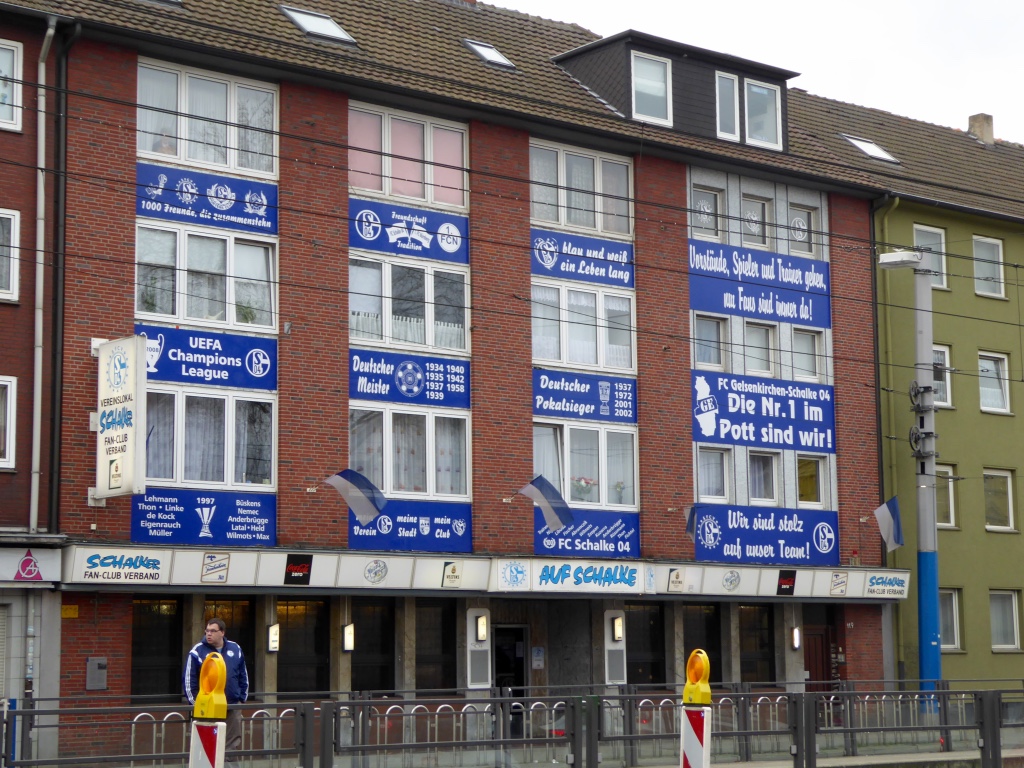
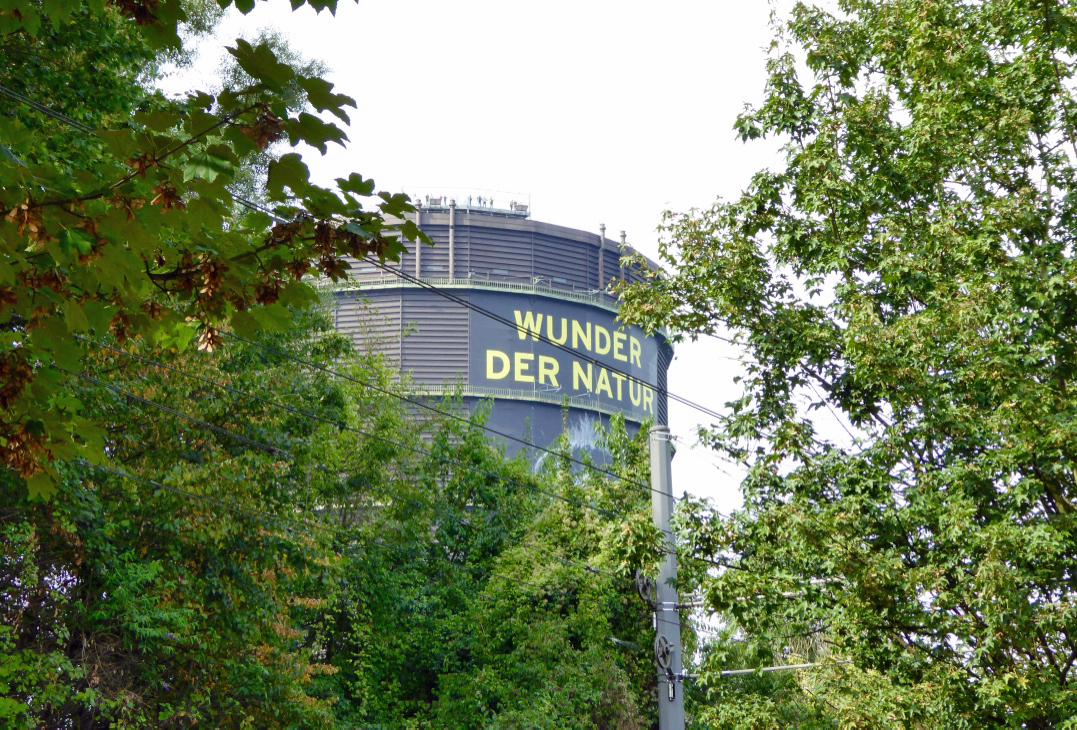
Built in 1929 this 117-meter tall structure has been a local landmark for almost a century. Nowadays it is used to house exhibitions, but even if nothing is on it really is worth a visit – for the view from the top and the echo inside. It is open every day but Monday from 10.00 to 18.00 and it will cost you 10.00 euros to get in.
3. Go shopping
There are large pedestrian only areas in all the major cities. If you enjoy shopping – or are travelling with someone who does, you will find all the top shops. There are also shopping malls everywhere. These are easiest to get to:-
- City Palais – Duisburg
- Rhein Ruhr Zentrum – Mülheim an der Ruhr
- Their Galerie – Dortmund
- Limjbecker Platz – Essen
- CentrO – Oberhausen
